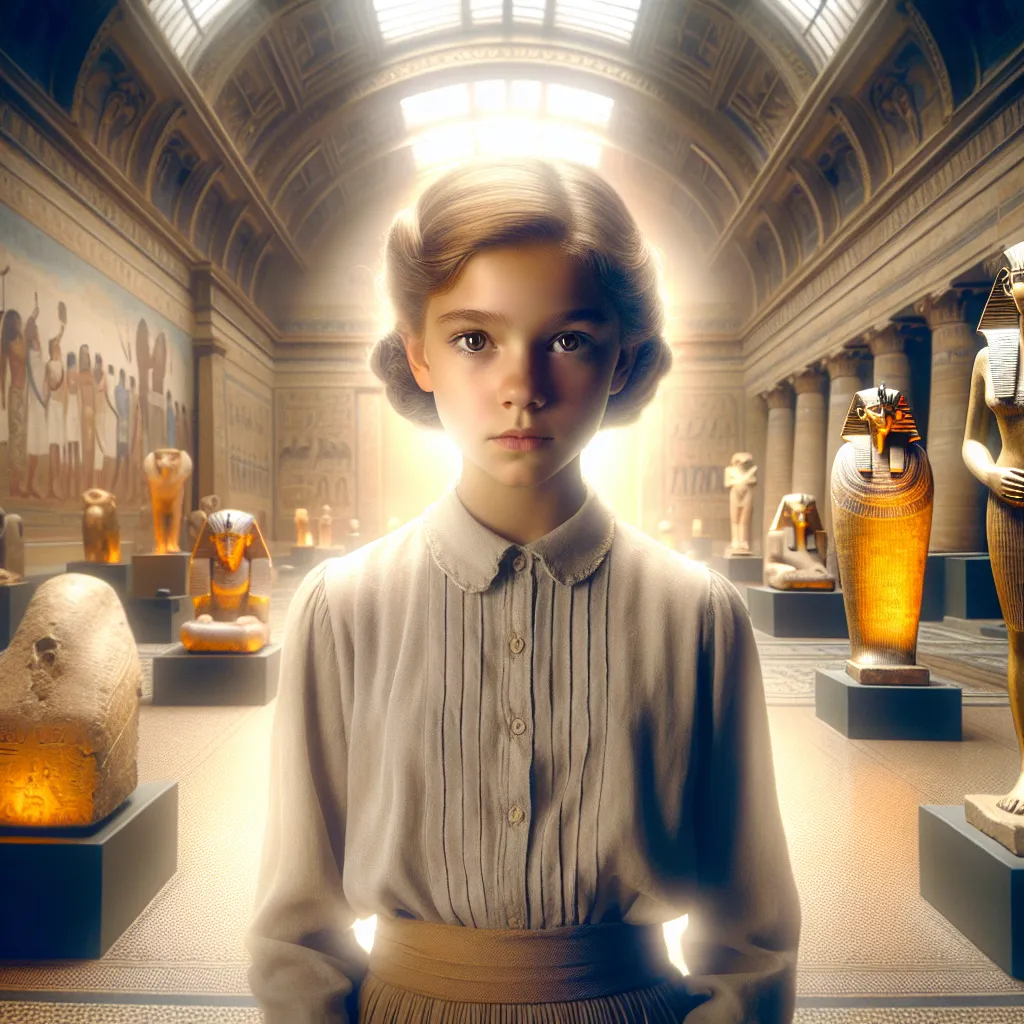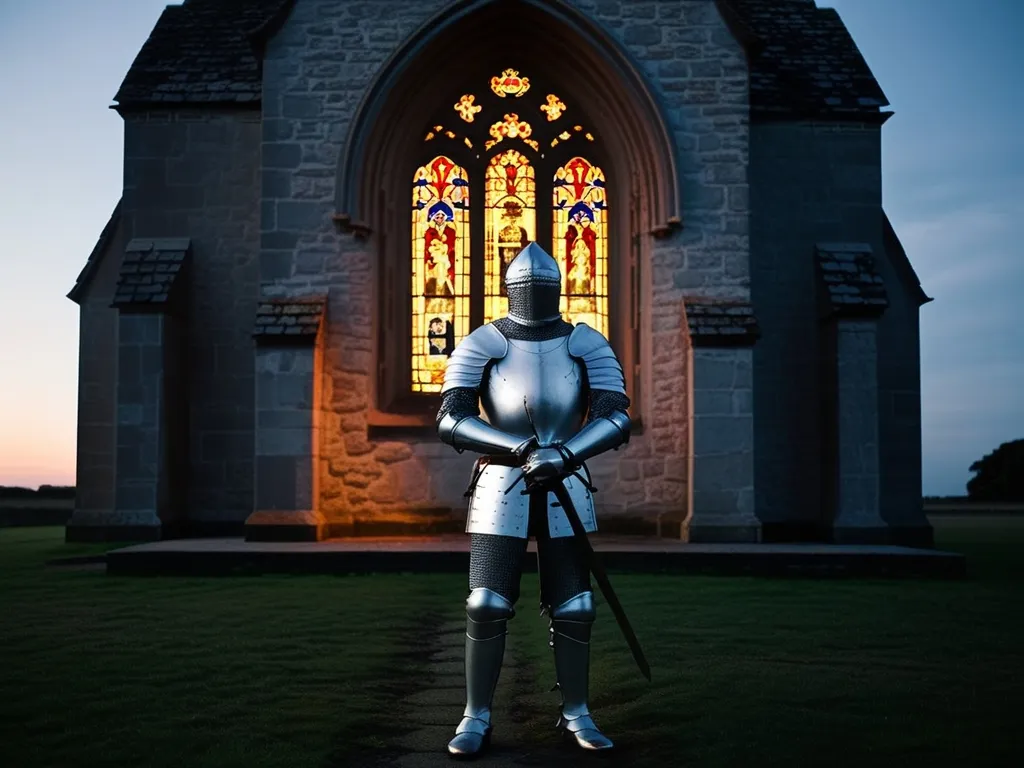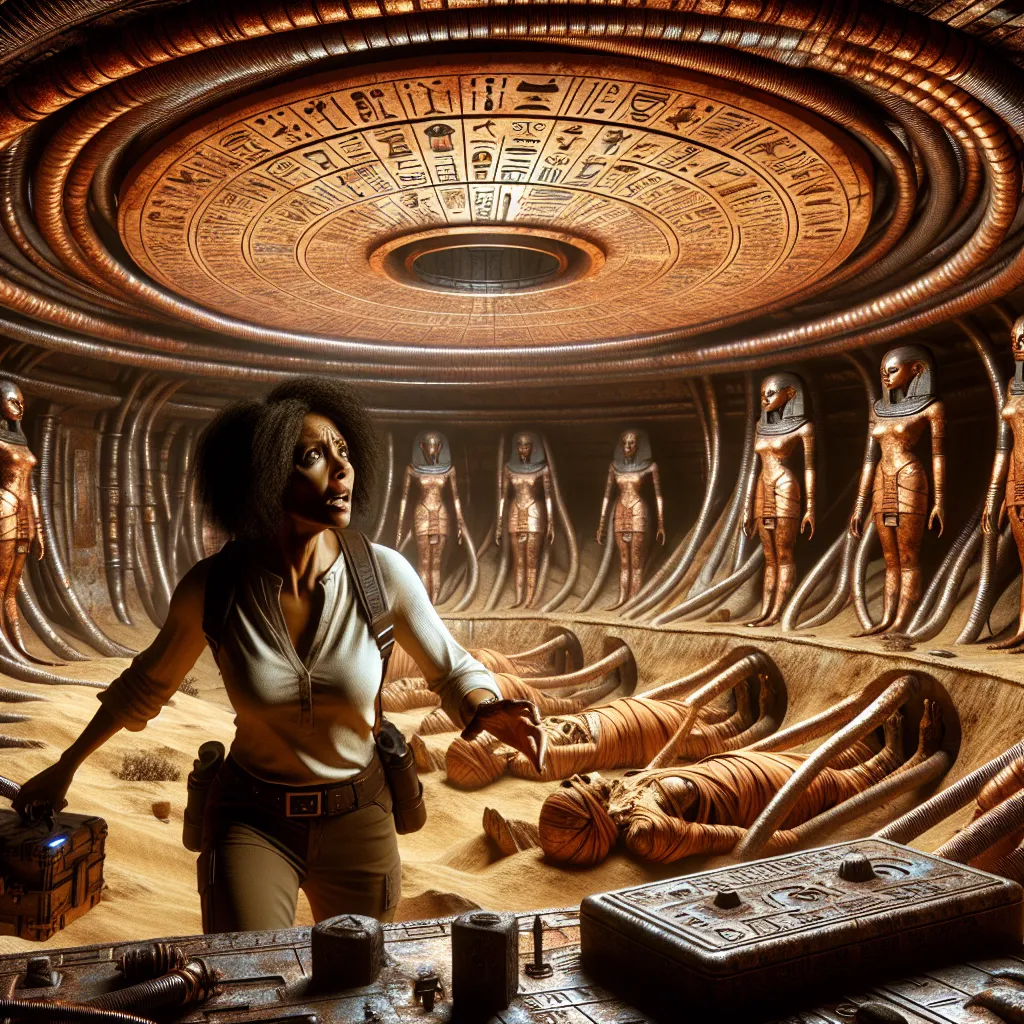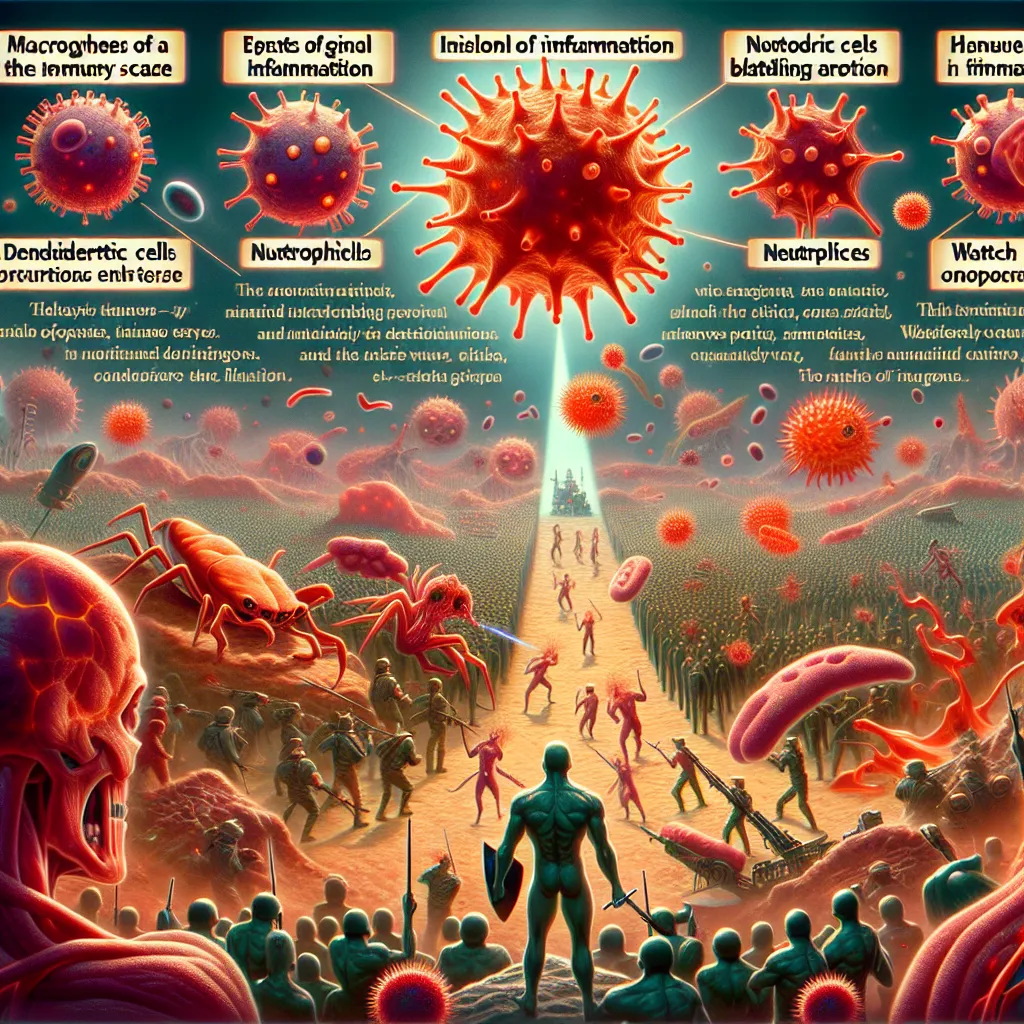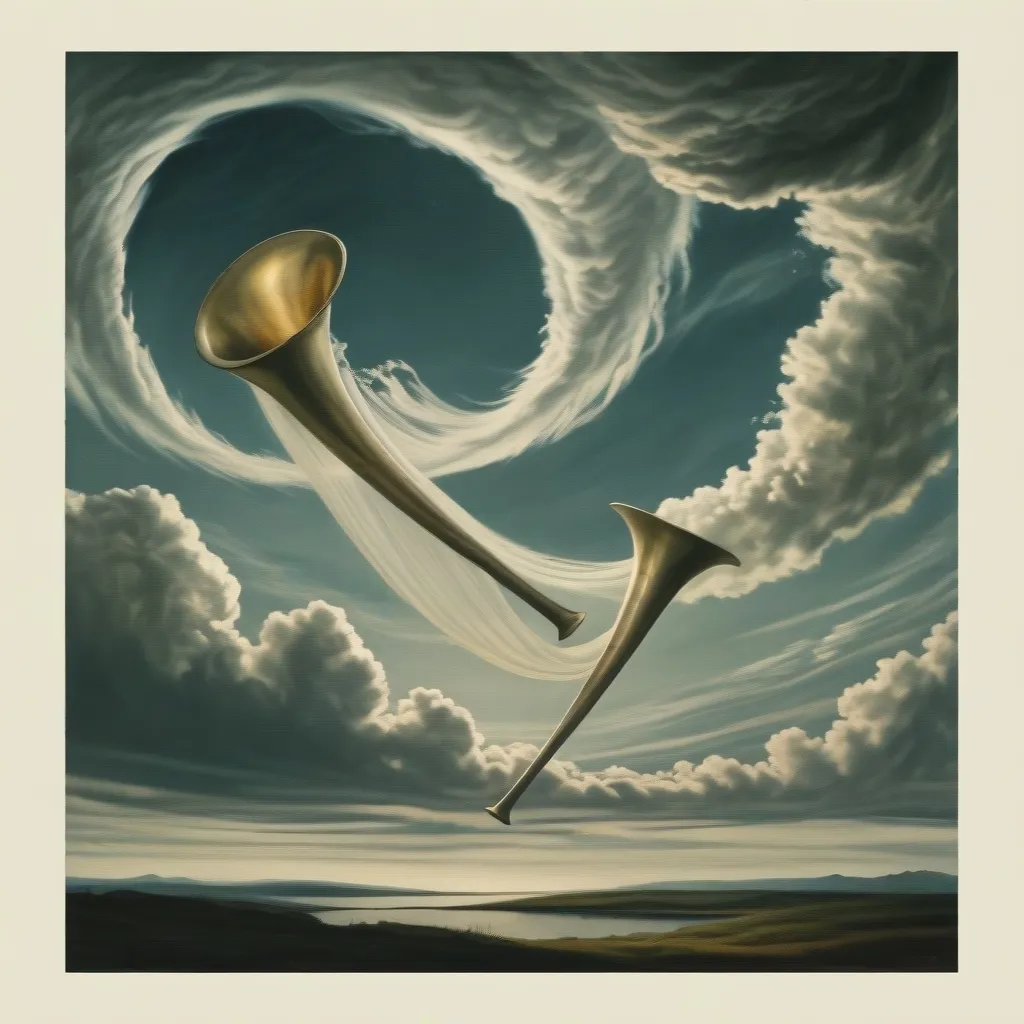Dorothy was just three when she took a tumble down the stairs, hitting her head hard and losing consciousness. Her parents found her not breathing and rushed to call a doctor, who, upon arrival, sadly declared she had passed away. Yet, an hour later, as arrangements were being discussed, they heard noises from her room, and there Dorothy was, miraculously alive and well, playing as if nothing had happened. The doctor was baffled; Dorothy had seemingly come back from the dead.
Born in London in 1904, Dorothy’s life changed after this fall. She began experiencing vivid night terrors and dreaming of a grand building surrounded by trees and gardens. Every morning, she’d insist she wanted to go ‘home,’ a place she couldn’t quite identify. Her behavior grew stranger when she started speaking in a foreign accent, unsettling her parents and would-be sitters.
A trip to the British Museum when she was four intensified her odd behavior. While initially bored, Dorothy’s demeanor changed dramatically upon entering the Egyptian exhibit. She seemed to recognize the artifacts and threw herself at the statues, claiming they were her people. It took her parents hours to drag her out.
The obsession with ancient Egypt didn’t fade. By age seven, Dorothy was engrossed in studying children’s encyclopedias on Egypt, convinced she was trying to remember her past. This belief was only strengthened when she recognized Seti’s temple in a magazine as ‘home.’
Dorothy wasn’t alone in her extraordinary claims of past lives. In 1957, twin sisters, Julian and Jennifer Pollock, exhibited knowledge and fears eerily reminiscent of their deceased older sisters. Similarly, two-year-old James Leininger began recalling detailed memories of being a WWII fighter pilot. Then there’s Ryan Hammons, who at four claimed to be a Hollywood director and accurately described facts about a man named Marty Martin’s life.
As Dorothy grew older, her memories only became clearer. She would wake up transcribing pages in hieroglyphics, detailing her supposed past life as a priestess named Bentreshyt in ancient Egypt. She believed she had an affair with Pharaoh Seti I and took her life to avoid a trial for her sins.
Despite societal skepticism, Dorothy’s knowledge of Egypt’s past was extraordinary. She took a job with an Egyptian magazine, advocating for Egyptian nationalism during tense political times. Marrying an Egyptian man, she moved to Cairo, proclaiming she was finally ‘home.’
Dorothy spent her life working in Egyptology, making several accurate predictions about ancient sites, despite having no formal training. Her work was so valued that she was allowed to continue long past retirement age. She accurately predicted the location of hidden chambers and gardens, remarkable for someone who claimed to have merely ‘remembered’ them from a past life.
Skepticism remains, with some attributing her knowledge to obsessive study following a head injury. Others argue her detailed insights defy simple explanations. Whether a case of reincarnation or extraordinary cognitive abilities, Dorothy’s story remains compelling.
Dorothy Edie’s tale connects to broader reincarnation beliefs held by nearly a quarter of the world’s population. Her contributions to Egyptology have cemented her legacy, leaving us to ponder whether death is truly the end or just a transition to another life.
Is there a young child somewhere now who will one day recall Dorothy’s green oases and temples, feeling that same inexplicable urge to return home? The mystery continues.
